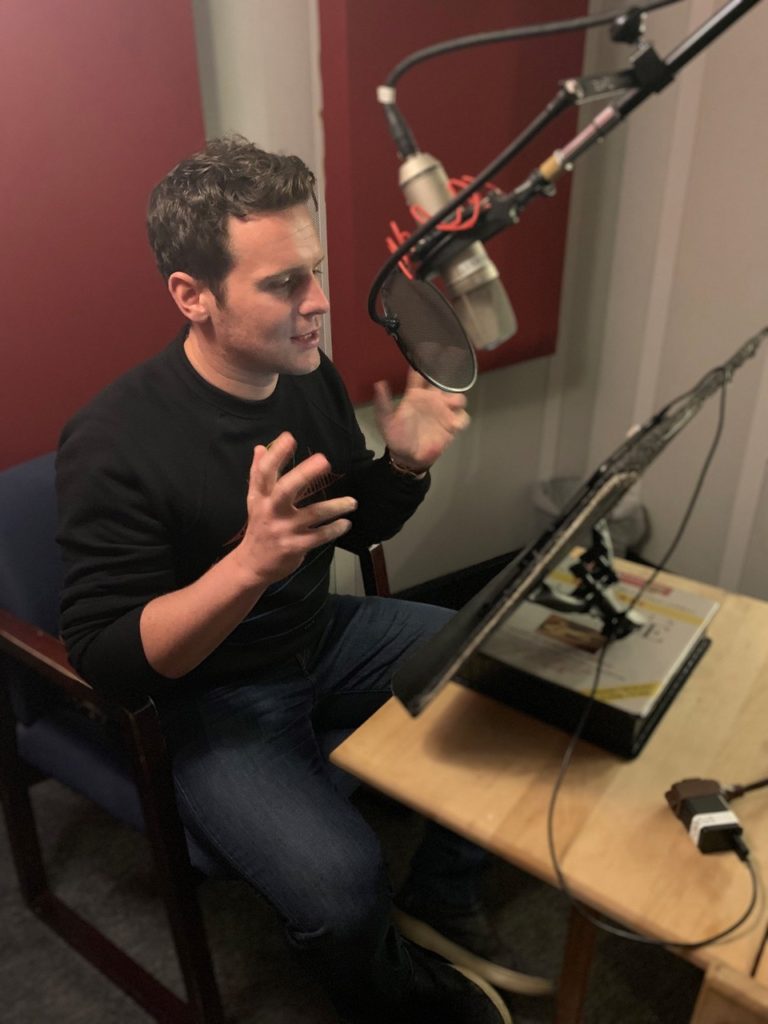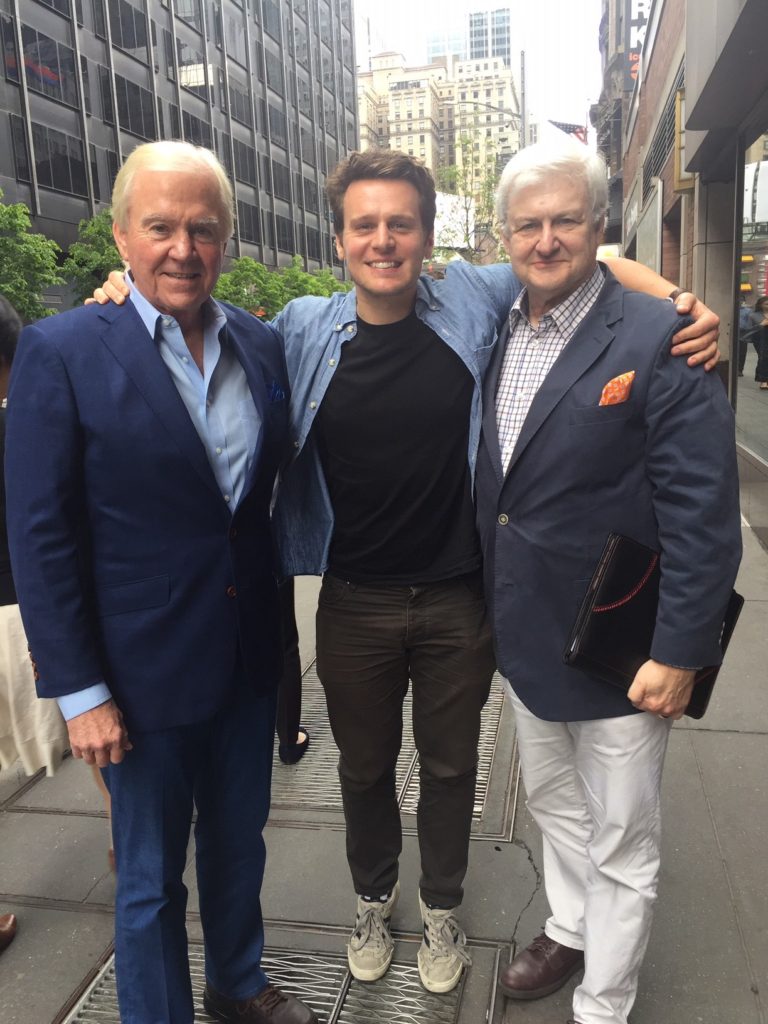Victims, the Media, and Public Opinion
Natalee Holloway
Everyone reading this is likely to be familiar with the story Natalee Holloway’s disappearance in Aruba in May of 2005. The compelling, some might say sensationalized, media coverage of this case, as well as the lack of resolution, have kept it alive in the public mind almost ever since the news first broke. Beyond the purely human story of loss and the tragic nature of her disappearance, this case has heated up the debate about the media coverage given to different types of victims.
Before we get into this issue, let me clarify a few things. Many of you who have read my books and are familiar with my postings on this site know how important victims’ rights are to me. Nothing in this discussion should be construed as diminishing the importance of any one case, including the Holloway case mentioned above. The more attention that can be given to cases involving missing persons and what their families face, the better. It is the media trends that should be scrutinized, never the victims or families themselves.
A writer for one website made the despicable choice of channeling anger about the lopsided media coverage of the Natalee Holloway disappearance into what seems to be a personal attack on her and her family. No one should make the mistake of adding to the woes of any victim’s family, no matter the sociological point at stake. Those people have suffered enough, and don’t deserve to take any such stray bullets.
“Missing White Woman Syndrome”
Media critics and journalists have coined the terms “Missing White Woman Syndrome” and “Missing Pretty Girl Syndrome” to describe what they see as the disproportionate amount of media coverage given to the disappearance or murder of a young, pretty white girl or woman. These victims are often from affluent backgrounds or are perceived to have a “bright future” that could be, or is, lost. Though many of these same critics cite cases as far back as the 1927 kidnapping of Marian Parker, other, more recent, examples such groups cite include the JonBenet Ramsey murder, the Chandra Levy murder, the Elizabeth Smart kidnapping, the Laci Peterson murder, the Natalee Holloway disappearance, and the Imette St.Guillen murder.
In many of the cases singled out as examples of Missing White Woman Syndrome, some amount of the media attention is generated by family members and friends. The “story” stays alive and takes on new dimensions when those connected to the victim are either wealthy, motivated, or well-connected enough to offer rewards, be given the time and attention of television networks for heartfelt interviews, launch websites, start foundations, organize volunteer search teams, or appeal directly to legislators and other officials. It is not uncommon for legislation designed to prevent others from meeting the same fate as the victim in question to be passed, often bearing the victim’s name.
In addition to the media focus on the high-profile cases thought to represent Missing White Woman Syndrome, media attention given to such now-infamous hoaxes as the Audrey Seiler case (the 2004 episode in which the University of Wisconsin-Madison student faked her kidnapping and the network morning news shows alone devoted a combined 98 minutes of coverage to it) and the disappearance of Jennifer Wilbanks, the Runaway Bride, are seen as the ultimate expression of this particular media bias. The Seiler case, in particular, is often held up in contrast to the fleeting coverage afforded the genuine-and still unsolved-disappearance of male Japanese exchange student Kenji Ohmi from the same city two years later.
Minority Reports
Race and economic class have long played a part in the media treatment of different cases. It took a lot longer for the Atlanta Child Murders to be seen as linked killings than if the victims had been white and were missing from (and later found dumped in) affluent suburbs. Serial killers often prey on prostitutes and others engaging in high-risk behavior, and until the number of victims becomes alarming, these cases draw very little public attention. Perhaps more than race alone, it is when a victim belongs to any group that is marginalized that one sees a difference in the level of media coverage.
Some of you may remember the disappearance and murder of Virginia Commonwealth University freshman Taylor Marie Behl. Her case was national news and an Amber Alert was even issued, a step not usually taken when the missing person is not a child. Two weeks later, 17-year-old Monica Sharp also went missing from her family’s Richmond neighborhood. According to the Richmond Times-Dispatch, her case “generated few updates from the police, and news coverage has been scant.” Both victims were seventeen, but Behl was white, 5’6″, and 135 pounds; Sharp is black, 5’2″, and 210 pounds.
On the surface, this seems like it plays perfectly into the Missing White Woman Syndrome, and the details described above probably affected the amount of coverage given to each case. But, as with anything, there are other factors to consider. Richmond Police Chief Rodney Monroe spoke at a Richmond Black Media Professionals meeting and explained the cases further, pointing out that the Behl case had all the earmarks of a homicide, while the Sharp case was seen as a possible runaway. In fact, Sharp was later found to have left voluntarily with a man she met on the internet and was sighted in his company after she was reported missing. These facts may have changed the way the police handled the cases and allocated resources.
But what about the media? As Mark Effron, vice president of news at MSNBC said, “What makes news is the unexpected.” He asserts that the Holloway disappearance would have garnered similar treatment from NBC no matter the victim’s gender or race. What’s sad about his statement is that any violent crime or abduction would be “expected.” People talk all the time about how we’re becoming desensitized as a nation to such things. Maybe we need to get re-sensitized.
The Real Problem, and a Real Solution
The complex relationship between law enforcement and the media can be used for common good. In fact, as most of you know, I have often advocated a sort of “media push” in certain cases as a proactive technique to help put pressure on a suspect. And the details of these high-profile cases serve to help other would-be victims avoid similar fates by learning what factors contribute to violence or abduction, what you can do to keep from being placed in a high-risk situation, and how to recognize warning signs.
But we should question what the media is not covering. The problem is not that too much attention is given to any one victim, but too little attention is given to the others. I don’t think we want to redirect the spotlight-I think we want to enlarge it, so that more victims, especially missing persons, have a shot at benefiting from our attention. According to FBI statistics, as of December 31, 2005, there were 109,531 active missing person cases. That would have to be a pretty wide spotlight, but isn’t it worth pursuing?
When it comes to the media, money talks, and viewers/ subscribers/ listeners equal money. They will change in response to our demands. If we all took a little time to email one of the networks, newspapers, websites, local TV affiliates, and radio stations we get our information from, and tell them that we want to hear about more of these cases, maybe they’d try to achieve that for us. If we told them to spend more time covering more victims’ stories, maybe they’d make that a priority. It’s worth a try.


























